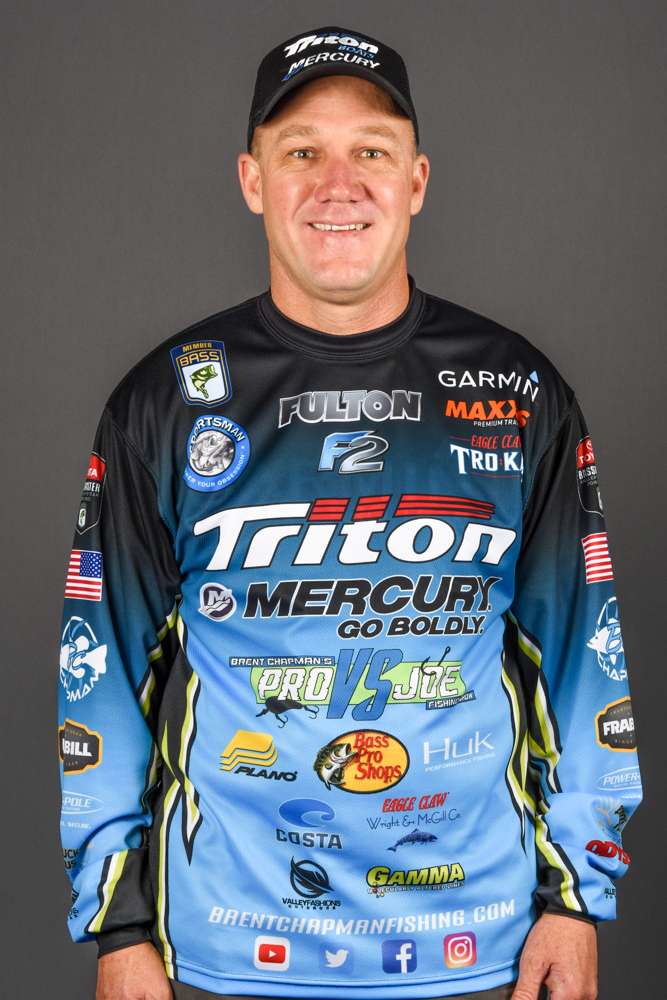During the autumn months, bass can be found scattered throughout the water column. Baitfish migrating toward the shallows usually bring bass with them, but this does not happen all at once throughout the lake. If targeting shallow water with traditional fall techniques isn’t producing, you should try a deeper approach to locate those fish that aren’t as far along in the fall transition.
You’ll want at least two deep diving crankbaits tied on to cover water from 10 to 20 feet deep. I like the Livingston Dive Master (DM) 14 for mid depths and the Dive Master (DM) 20 to fish the deeper water effectively. Contacting the bottom or other structure or cover with a crankbait causes it to deflect, momentarily changing its path and action, which triggers bites.
If the bass are suspended in the water column, you want to keep your lure above them. You can still impart a similar action if you are swimming your crankbait off of the bottom by varying your retrieve speed. Burning the bait for a few handle turns then pausing the bait briefly lets it float up and backwards a little, and the use of an occasional twitch of the rod tip can trigger a bite as well. Erratic action is what triggers most bites, it doesn’t matter if that action is caused by cover, structure or the angler.
Target the high percentage areas. Points are a good shoreline feature that offer bass deep water access, shade and an area to ambush baitfish as they travel from the deeper main lake areas into the creek arms. Start with primary points —those that contact the main lake body —then move back further into the creek arms fishing the secondary points. Pay attention to the areas where you are getting bit. If you are catching fish only in the first third or last third of a creek arm, that is a great indictor of a pattern. From there you can run similar areas in additional creek arms and eliminate most of the unproductive water.
I prefer to crank with a high quality fluorocarbon line. The reduced stretch of a quality fluorocarbon line helps me get a good hookset even at the end of a long cast. I use 12- to 14-pound line most of the time. It gives me good all around performance. I fine tune the running depth of my crankbaits by changing my line diameter. If I need a bait to run at maximum depth I will use thinner 10 pound Gamma Edge Fluorocarbon. If I want the bait to run a couple of feet shallower, I move up to 16-pound line. This is a handy little trick to control the running depth without requiring the purchase of additional depth covering crankbaits.
Your casting angle can make a big difference, too. I always start by casting from deep water to shallow and by bringing the lure across the point at an angle. This allows me to fish the sides and across the top of the point with one cast. Using a well-designed cranking rod such as the 7-foot Wright & McGill Rick Clunn S-Glass Reaction will make easy work of the long casts that are required.
Make a few casts from a variety of angles on each point before you move on to the next one. Take note of the subtle differences of each bite that you get. Was it on the shaded side or side that is windblown? At what angle were you fishing the point? Using this information will help you further understand how bass are feeding.
The weather changes quickly from to day to day during the season. When you come across tough fishing conditions in the fall, this deep cranking technique can really save the day. If this technique works for you, drop me a line on Facebook and let me know.





